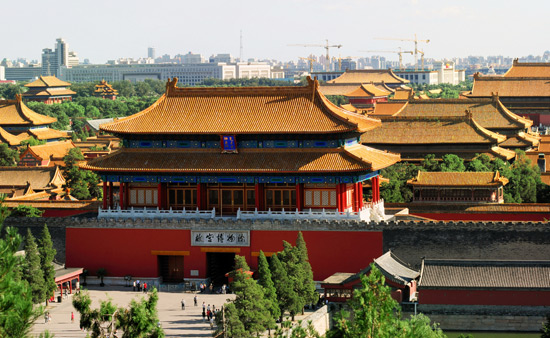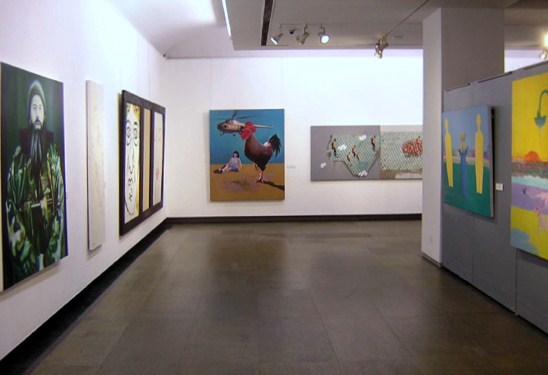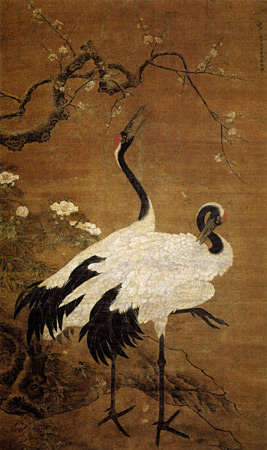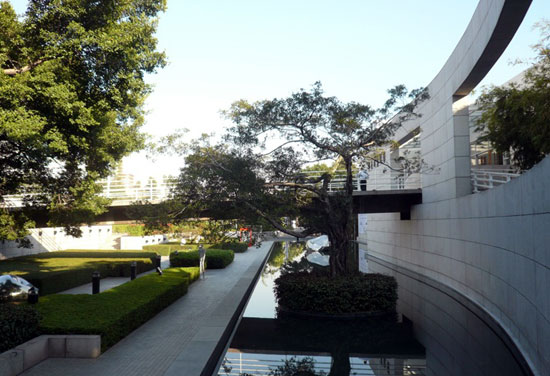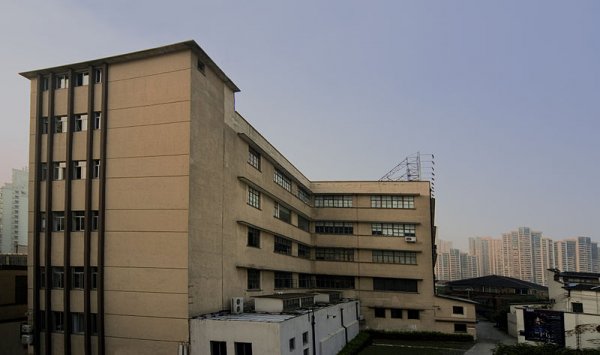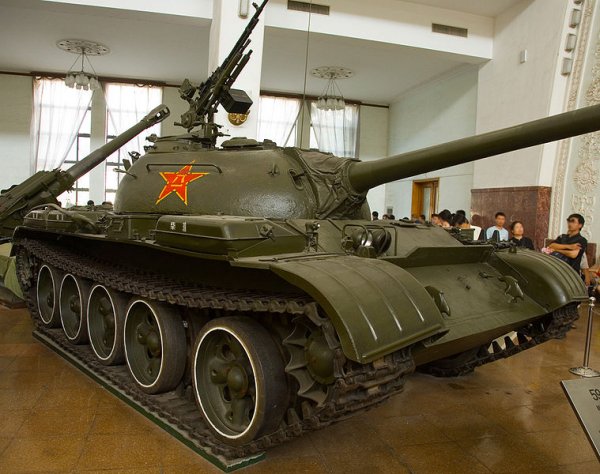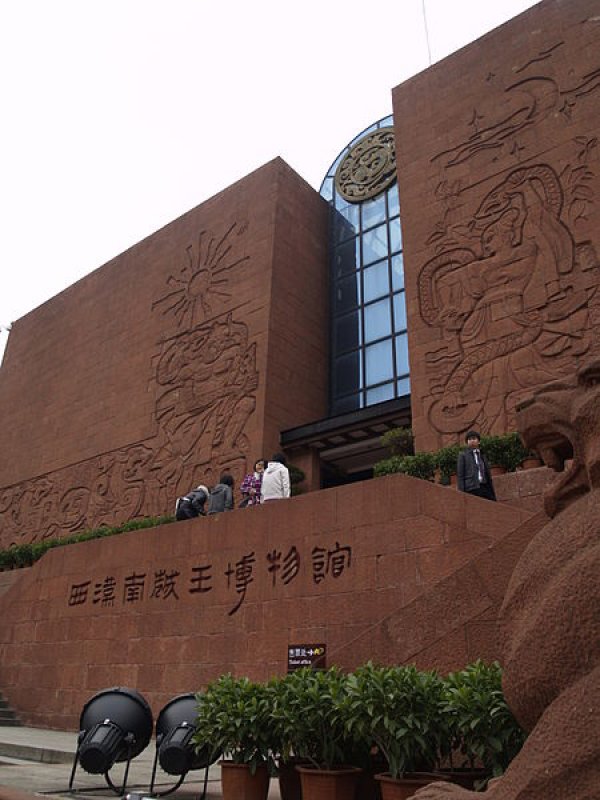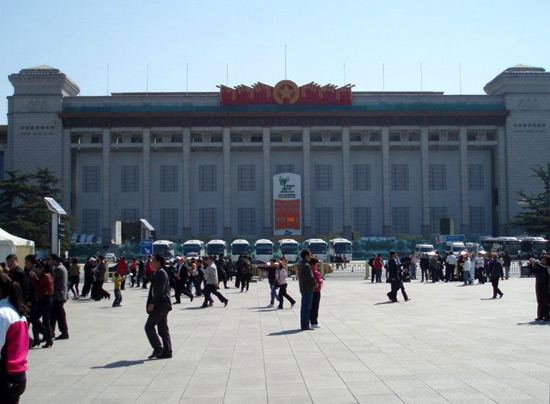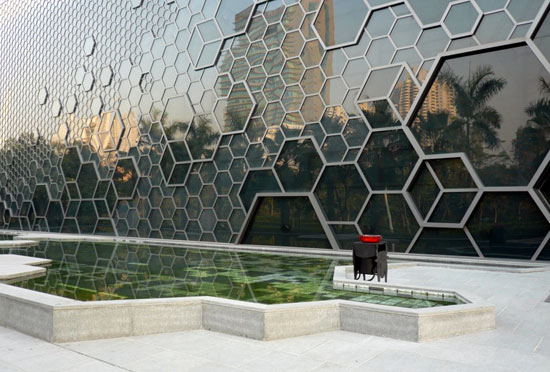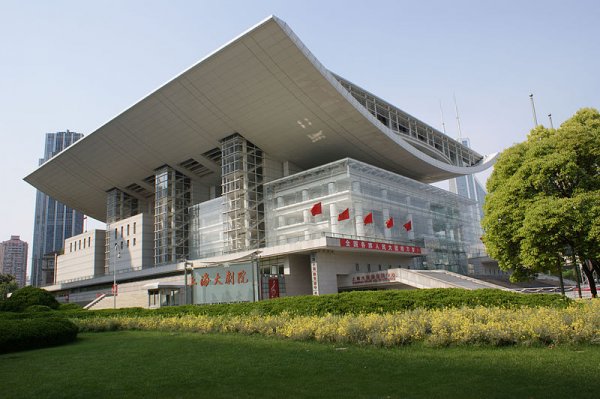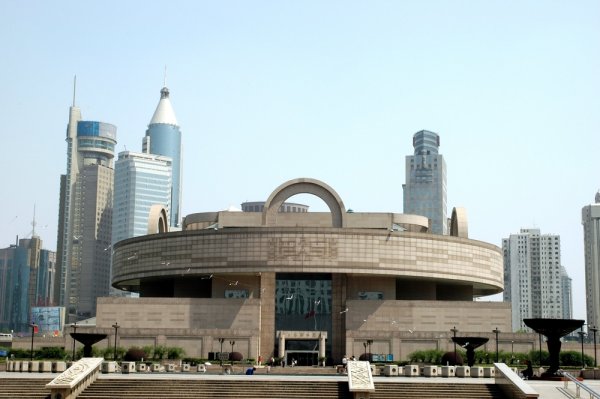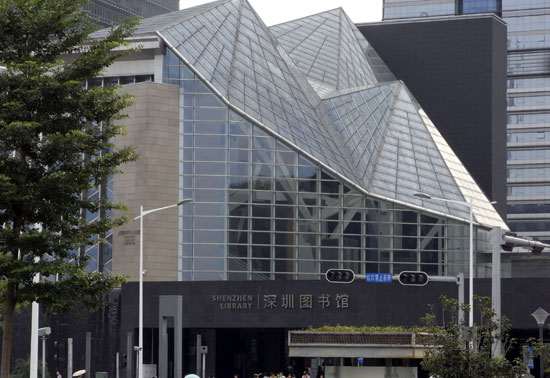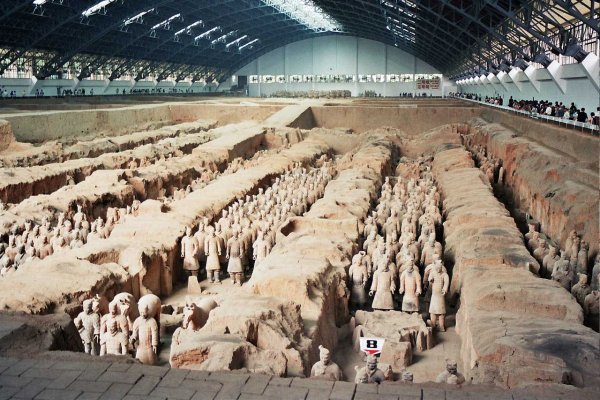Points of Interest
Beijing Capital Museum
16 Fuxingmen Outer Street
Xicheng District
Beijing, China
This giant city museum was formerly housed on the site of the Beijing Confucius Temple, which dates back to 1302 and is the second largest Confucius temple in China, and still maintains a number of the objects from the temple. In 2008, the museum moved to its current location on Fuxingmen Outer Street, where the design features an overhanging roof and giant glass walls that present an interesting blend of ancient and modern Chinese architectural styles. Inside, the museum houses some 200,000 objects, most of which are ancient cultural relics, including paintings, porcelain pieces, bronze and jade wares, and sculptures. Among the more unique items on display are the collection of ancient Buddhist statues and the Peking Opera relics, both of which are housed on the fourth floor.
Chen Clan Academy
Zhongshan Seven Lu
Guangzhou, China
This 19th-century family temple once served as a space in which to honor deceased ancestors and now houses a folk museum and architectural heritage site. All the Chen families in Guangdong province worked together to erect the structure. The main structure features elements typical of Qing Dynasty architecture: a combination of wood and stone, with elaborate roof-guardian carvings. Several gardens and lawns surround the hall, and inside you'll find numerous folk handicrafts on display, including period furniture, paper cuttings, and sculptures.
Forbidden City
4 Jingshan Qianjie Beijing China
To prevent spies and assassins from reaching the emperor, only a few gates permitted access to the city. Males over a certain age were not allowed within the palace walls after sunset, while many women and eunuchs spent their lives here, never viewing the world outside. Steeped in history, the complex was established as a museum in 1925 and holds the country's largest collection of great artistic and historic works. The collection numbers more than a million items and includes paintings, bronze sculptures, pottery, inscriptions, toys, clocks, and court documents. Beyond the wealth of the collections, many visitors find touring the historic structures equally fascinating.
Guangdong Art Museum
38 Yanyu Lane Ersha Dao
Guangzhou, China
This huge art museum features a vast collection of Chinese paintings, sculpture, and ceramics, making it perhaps the best place in the world to gain an appreciation for the historic and contemporary art produced in southeastern China. The professionalism of the permanent exhibits and the ease of maneuvering through them make visiting a pleasure. The museum also hosts temporary themed exhibitions. You'll find the museum on Ersha Island in a stoic, industrial structure that gives little clue about the gems contained within.
Guangdong Provincial Museum
215 Wenming Lu
Guangzhou, China
Those interested in the history of southeastern China, and particularly of Guangdong province itself, should not miss this big history museum, located on the former site of Zhongshan University. Founded in 1959, the museum has undergone several renovations over the years, including an expansion in 1992. Its three sections occupy two buildings and include the main museum, the relic of the Guomindang first congress, and the Lu Xu Memorial House. The museum's collection includes a selection of Foshan-style shiwan porcelain figurines, Chinese pottery and scroll paintings, and a number of interesting English items (documents and photographs) from the colonial period.
Guangdong Revolutionary History Museum
2 Lingyuan West Lu
Guangzhou, China
This museum dedicated to the history of the Chinese revolution sits appropriately next to the Martyrs' Cemetery. Starting with the First Opium War in 1840, the collection consists of artifacts and documents relating mostly to the struggle for national liberation, which was achieved in 1949. Among the more notable items are a series of revolutionary slogans and a 13,000-print photo collection.
He Xiangning Art Museum
9013 Shennan Avenue
Nanshan District
Shenzhen, China
Built in honor of He Xiangning, widow of a Kuomintang official and a 1940s leftist leader in her own right, the He Xiangning Art Museum stands in the Overseas Chinese Town, an area once controlled by her son. The museum is considered one of the most important national museums in China, second only to the National Gallery in Beijing, and as such, it is a wonderful place to explore the burgeoning world of contemporary and avant-garde Chinese art. The museum shows some of China's better-known artists and frequently holds rotating exhibitions by lesser-known and upcoming artists as well, both local and national. Regular admission to the museum is a considerable bargain at only ¥20; Fridays are free.
M50 Art District
50 Moganshan Road
Putuo, Shanghai, China
Perhaps Shanghai's most avant-garde district, this bustling arts center was, for decades, a working textile mill. In later years, the mill was abandoned, until 2000, when one of China's most respected artists, Xue Song, renovated a section of the old mill and moved his studio in. Today, the M50 Arts District is one of the best places in China to experience the country's burgeoning modern arts scene. The complex features studios and galleries both large and small, some of which are known for risky installations while others present a more mainstream take on Chinese art.
Military Museum of the Chinese People's Revolution
9 Fuxing Road
Haidian District
Beijing, China
Despite its rather propagandistic-sounding name, this massive museum is one of the best places in the world to learn about Chinese military history. In fact, it is one of the few museums that has systematically recorded information about the founding of the People's Republic of China and the convoluted revolutionary war efforts that went on in China during the 1940s. Photographs, letters, artifacts and other memorabilia are all displayed in various halls dedicated to different war eras throughout Chinese history, including the War of Liberation, the Sino-Japanese Wars, and a number of ancient wars. There is one hall dedicated entirely to modern wars, while a huge exhibition space, the Hall of Weapons, proudly displays an intriguing collection of weaponry from around the world, including several Soviet tanks and a ballistic missile.
Museum of the Mausoleum of the Western Han Nanyue King
867 Jiefang North Road
Guangzhou
Guangdong, China
The Museum of the Nanyue King's Mausoleum is ranked among the world's 80 most famous museums. The tomb belongs to a Western Han Nanyue king, Zhao Mo, who died in 122 BCE. The tomb is located about 20 meters (66 feet) below the ground and made up of 750 stones containing artistic murals. Covering an area of 14,000 square meters, it is the biggest and oldest Han tomb. Its 10 exhibition halls contain rare funerary objects, including more than 1,000 pieces of cultural relics, terracotta objects, and bronze items. One of the mausoleum's major attractions is a unique shroud made of 2,291 pieces of jade that were sewn together with silk thread.
National Museum of China
Tian'anmen Square
Beijing, China
This huge history museum is one of the largest and most complete collections of objects in the country. Albeit a bit dusty, it is a requisite stop for anyone interested in Chinese history. Standing as a stately flank on the eastern side of Tiananmen Square, the museum was completely renovated in early 2010 with 28 exhibition halls that house well beyond 600,000 cultural pieces. Among the most interesting objects in the museum's collection are ancient bronze wares from the Shang Dynasty (1766–1122 BC), one of which is the heaviest on earth, as well as ceramic pieces, burial suits, and objects related to warfare. Though many of the objects on display here are both precious and rare, much of the collection will only appeal to true Chinese history buffs.
OCT Art and Design Gallery
9009 Shennan Avenue
Nanshan District
Shenzhen, China
This contemporary art gallery is associated with the He Xiangning Museum, but operates as the only non-profit art institution connected with a major museum in China. The collections here focus largely on local artists, but with an eye to fostering cooperation and connection between the Chinese and international worlds of art. Among the more interesting pieces in the OCAT's collections are a series of sculptures originally part of He Xiangning's international sculpture exhibit, as well as several subway murals by three Chinese artists. Many of the works found on display in OCAT are experimental, and exhibitions here aren't limited to only visual, but extend to performance art and moving images as well.
Shanghai Grand Theater
300 Renmin Da Dao
Shanghai, China
The Shanghai Grand Theater, located at People's Square, is one of the most striking and carefully designed theaters in the world. Opened on August 27, 1998, it covers a vast area of 62,803 square meters (676,006 square feet), with three segregated stages for diversified needs. Its architecture is an elegant mix of Eastern and Western styles. The main stage (lyric theater) has a seating capacity of 1,800, its medium stage (drama theater) a capacity of 750 seats, and its small stage (studio theater) has 300 seats. The theater also has a large restaurant and a shopping center. Its beautifully decorated interiors make it an epitome of beauty and art in Shanghai.
Shanghai Museum
201 Ren Min Da Dao
Shanghai, China
Shanghai Museum, located on the People's Square in the Huangpu District, is famous for its rare ancient Chinese art. Founded in 1952, the museum was moved twice before settling in its current location in 1993. The museum building is almost 30 meters (98 feet) tall and covers an area of 39,200 square meters (421,945 square feet). With a square base and round top, the building is shaped like an ancient Chinese tripod cooking vessel known as a ding . The museum's 11 galleries and three temporary exhibition halls together contain more than 120,000 pieces of ceramics, bronze, calligraphy, jades, furniture, paintings, ancient coins, sculptures, seals, foreign art, and minority art.
Shenzhen Library
2016 Fuzhong 1st Road
Futian District
Shenzhen, China
One of the architectural treasures of the city, Shenzhen Library boasts the type of innovative design that is making the city famous. Designed by Japanese architect Arata Isozaki (also known for the Museum of Contemporary Art in Los Angeles and the Kyoto Concert Hall in Japan) in combination with the Shenzhen Concert Hall, the library's most stiking element is its folded glass-front façade, which creates a naturally lit interior atrium. The library houses nearly 2.5 million books and periodicals, including many foreign-language titles. The Shenzhen Cultural Center, which contains the library and concert hall, is a must-visit spot, especially for architecture buffs.
Terra-Cotta Warriors and Horses Museum
Lintong Xi’an
Shaanxi, China
Terra-Cotta Warriors and Horses Museum was formed after farmers digging a well found pieces of nearly life-sized terracotta figures of an entire army. About 8,000 figures of soldiers and horses were buried in three pits that cover an area of about 20,000 square meters (215,278 square feet) altogether. Each statue was carefully made by hand, with every figure wearing different clothing (indicating rank), holding weapons, and even possessing its own unique facial expression. Scholars believe that the vast army belonged to Emperor Qin Shi Huang, who lived about 2,200 years ago. They theorize that Emperor Qin's terra-cotta army was supposed to protect him in the afterlife, marking a major improvement over previous emperors who buried servants alive in their tombs. The museum, constructed over the first pit, is the size of two soccer fields and contains a huge exhibition hall.
Copyright © 1993—2025 World Trade Press. All rights reserved.

 China
China 

